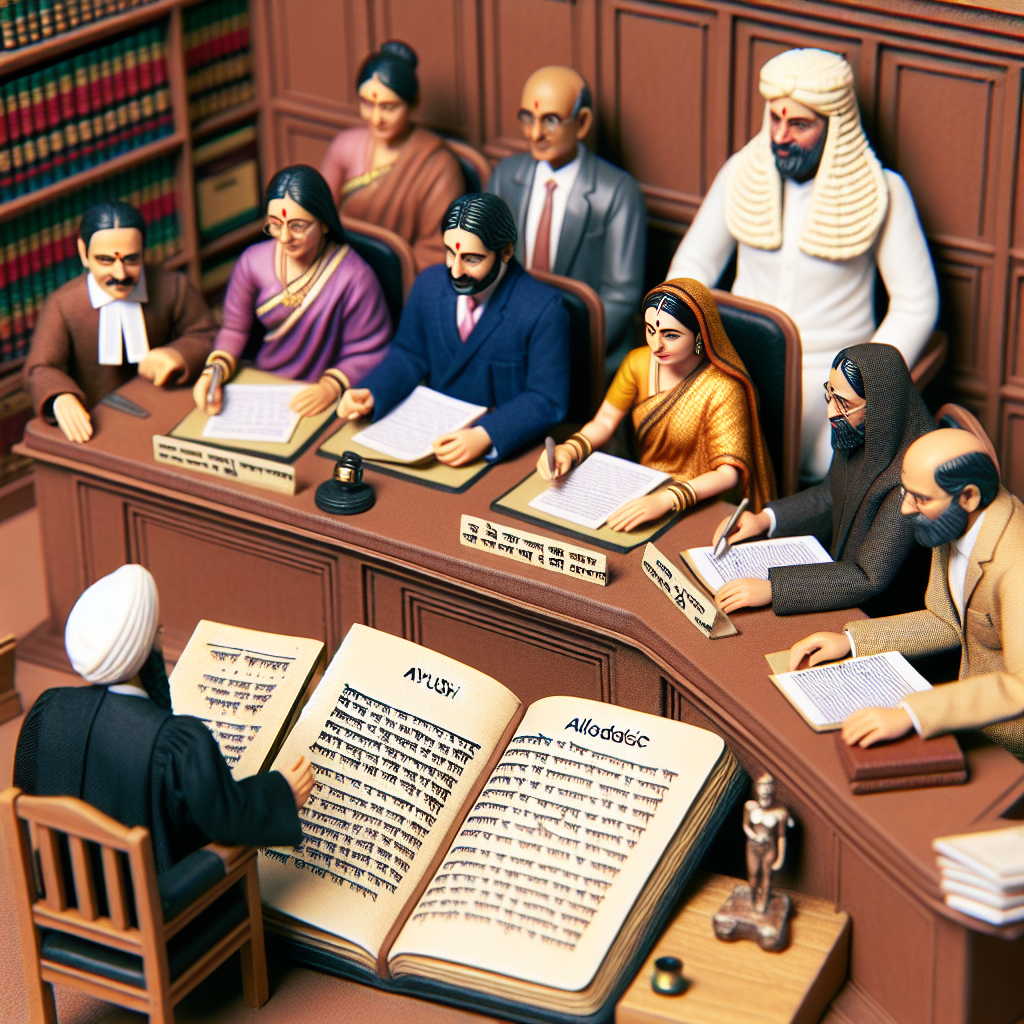Differentiating Superannuation Age for Modern Medicine Doctors in India

On May 13, the Supreme Court of India, led by Chief Justice B R Gavai and Justice K Vinod Chandran, reserved its order on petitions regarding the retirement age of modern medicine practitioners as compared to AYUSH (Ayurveda, Yoga, Unani, Siddha, and Homeopathy) professionals in government healthcare facilities.
Introduction
The issue of superannuation age for doctors in government hospitals and clinics has sparked significant legal discussion in India. On May 13, the Supreme Court of India, with a bench comprising Chief Justice B R Gavai and Justice K Vinod Chandran, reserved its decision regarding whether there should be a differentiated age of retirement for practitioners of modern medicine compared to those practicing AYUSH.
Background
The petitioners have raised critical questions surrounding the fairness and rationale behind having different retirement ages for medical professionals based on their practice. This case highlights the ongoing discussions about equality and standardization in the healthcare sector of India.
- Modern Medicine vs. AYUSH:
- Modern medicine practitioners are typically trained in allopathic practices, while AYUSH practitioners operate within traditional medicine frameworks.
- The disparity in retirement age could impact recruitment, workforce balance, and healthcare delivery.
Key Considerations
As the Supreme Court deliberates on this matter, several factors are under scrutiny:
- Healthcare Quality: How does the retirement age influence the quality and quantity of healthcare services provided to the public?
- Workforce Management: Will different superannuation ages create challenges in staffing government health facilities?
- Professional Equity: Is there a justified basis for treating different categories of medical practitioners differently concerning retirement age?
Next Steps
With the court's order reserved, stakeholders in the healthcare sector are awaiting insights into how this decision might shape future policies governing medical professionals in India. The implications could affect thousands of doctors and the structure of medical service delivery across the nation.
Conclusion
As the Supreme Court takes its time to deliberate, the outcome will likely have far-reaching impacts on the medical community in India, the healthcare policies in place, and the equal treatment of various medical disciplines. Observers are keenly watching this development as it unfolds.
